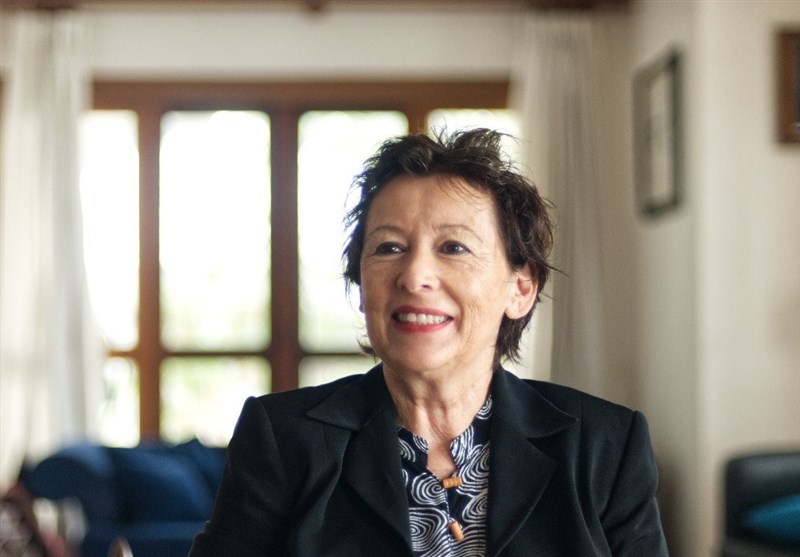FAO: Production of Fattier Chickens Not Economical
TEHRAN (Tasnim) – The Senior Animal Health and Production Officer at the FAO Regional Office for Asia and the Pacific said that farmers will more likely to lose money if they keep chickens in poultry farms for more than 40 days.
Katinka DeBalogh provided a few recommendations as the results of her researches on the duration of keeping chickens in poultry farming to the Tasnim News Agency. She said as one of the issues in this regard for producers especially in Iran is the lack of long-term storage capacities in poultry farms, it is not economically viable for producers to keep their productions more than six weeks.
Following is the text of the interview:
Tasnim: Considering different breeds of chickens, is there any recommended measure/size for the weight of chickens in poultry industry as the optimum output weight of supplied chickens to market?
DeBalogh: Overall poultry, in particularly broiler production has improved significantly over the years. Through selective breeding, broilers in Australia can reach their ideal slaughter weight of 2.4-2.6 kg in 35 days using 3.4 kg of feed (average feed conversion ratio (FCR), compared with 64 days and 4.7 of feed in 1970s. While here in Thailand, the average weight of fully-grown broilers at slaughter is approximately 2.3-2.4 kilograms per bird, compared to 2.0-2.1 kilograms per bird in the mid-2000s. The number of days it takes to raise one-day old chicks to market delivery dropped to 40-42 days from 49 days, and average FCR decreased to 1.6-1.7 from 1.9-2.0 over the same period.
Furthermore, Common broiler types (Cobb 500, Ross PM 308, Arbor Acres, Hubbard classic) tend to be more profitable around 2.5 Kilos live weight (FCR =1,75 around 40 days).
Tasnim: Is there any recommended or standard time-frame for the duration of keeping the chickens in poultry facilities to feed and grow them?
DeBalogh: See question 1. Assumption for these performances: good farming practices and good health and nutrition management.
The purpose is not to keep the broilers beyond the optimum market weight. With some variation depending on the growth curve of each genotype, the longer you keep them, the worse gets the FCR and the more you lose money.
As mentioned above 40-42 days would be the time required to raise one-day old chicks to market delivery
Tasnim: Is there any significant or noticeable differences/preferences between the big- and the medium-sized chickens?
DeBalogh: Noticeable preferences go for big chickens in for example African live market (it needs to be seen in Iran what is most preferred by consumers). In principle, the size is the result of different genetics (different types of crosses). Within a given type, if you go beyond the optimum weight, the bigger the bird the fattier it gets.
Tasnim: Iran poultry industry is heavily dependent on the importation of inputs (feeds) such as corn and soybean and since these two crops are highly water demanding, it is not cost effective for the country to produce them domestically; given this situation, is there any feasible alternative to reduce current reliance on importation of corn and soybean?
DeBalogh: Search for local raw materials (energy and protein sources), consider
- Availability over year,
- Production process & quality,
- Price.
Tasnim: Is there any alternative crop that can be used to feed the chicken in poultry industry?
DeBalogh: Energy sources: sorghum (low tannin), cassava meal, millet, wheat….
Protein sources: groundnut, sunflower meal, cotton meal, rapeseed, fish meal, insect meal …
Feedipedia is a good source to identify other sources that exist locally.





